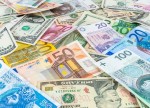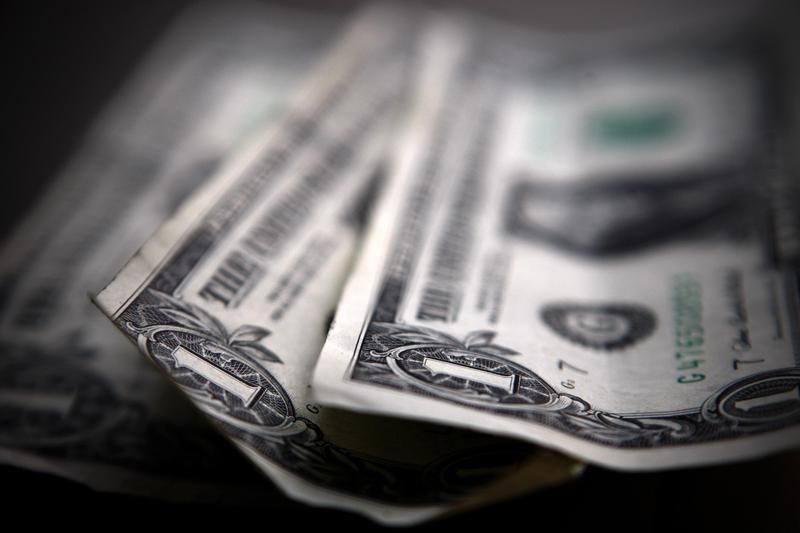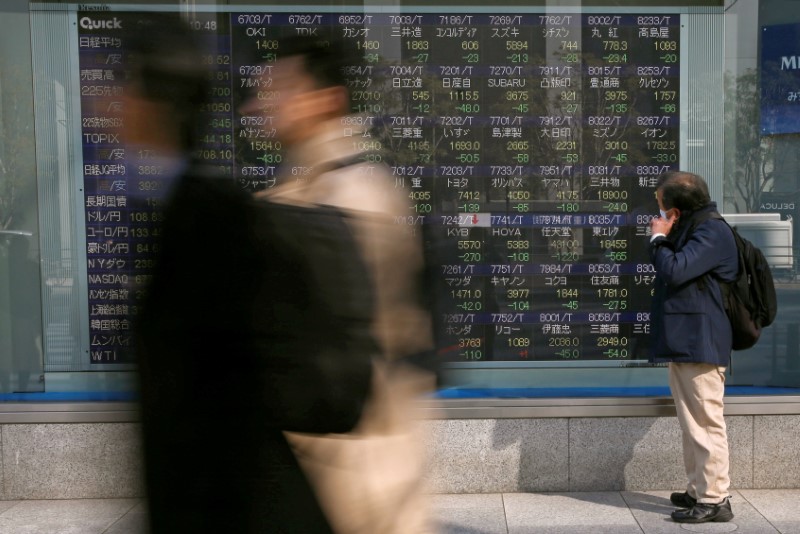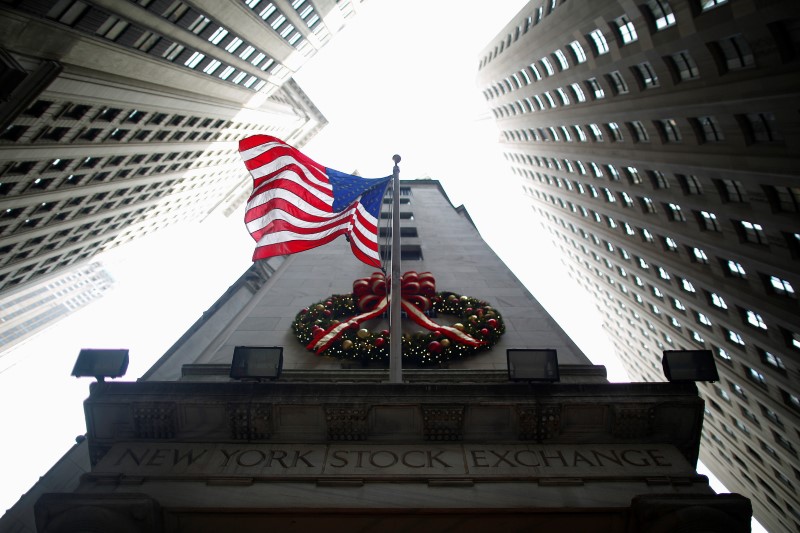Here are the top five things you need to know in financial markets on Tuesday, March 20:
1. Premarket Action Suggests More Pain For Facebook (NASDAQ:)
Facebook shares looked set for another down day, with the stock falling 1.3% in premarket trade to $170.30.
Shares of the world's most popular social media company plunged 6.8% on Monday, its worst one-day decline in at least three years, after investors learned Cambridge Analytica, a firm that helped President Donald Trump’s 2016 election campaign, had collected and used without permission data from the accounts of millions of users.
That sparked concerns over the collection and use of data, especially related to individuals, and prompted speculation it will face more government scrutiny going forward.
Indeed, U.S. lawmakers are calling for more regulation of Facebook. Democratic U.S. Senator Amy Klobuchar wrote on Twitter that it is clear that companies like Facebook cannot “police themselves.” She added that Facebook chief Mark Zuckerberg should speak before the Senate Judiciary committee.
2. Global Stocks Struggle After Tech Selloff
Global stock markets continued their struggle for a second day, as investors weighed the latest headwinds to technology companies and braced for the first rate hike of the year from the Federal Reserve.
Persistent worries about a global trade war also added to the cautious tone in markets.
Most Asian shares ended lower, as investors digested the overnight pullback on Wall Street, but China managed to eke out some gains.
Japan's benchmark index underperformed regional peers for the third day in a row as the country’s ongoing political drama tested investor nerves. The lost 0.6% after polls suggested a massive drop in public support for Prime Minister Shinzo Abe over his handling of a festering cronyism scandal.
In Europe, the continent's major bourses traded mostly lower in mid-morning trade, with sectors moving in different directions.
The pan-European index, the region's broadest measure of share prices, edged down 0.2%, as technology stocks moved lower on fears of stronger regulations.
Meanwhile, on Wall Street, U.S. stock futures pushed lower, an indication that equities may be ready to extend Monday's sharp pullback. slumped 65 points, or 0.25%, while lost 4 points, or 0.2%, and dropped 35 points, or roughly 0.5%.
On Monday, each of the major indexes finished in the red, with the tech-heavy Nasdaq leading losses, falling 1.8%, or 137 points, while the lost 335 points, or 1.4%, and the lost 39 points, or 1.4%.
3. Federal Reserve Kicks Off Policy Meeting
The Federal Reserve begins its two-day policy meeting today, with a decision due Wednesday afternoon.
The U.S. central bank is widely expected to hike its fed funds target rate range by a quarter point at Fed Chair Jerome Powell's first meeting as chairman, which would put it in a range between 1.50%-1.75%. Powell will meet with the press after the meeting.
The U.S. central bank will also release new forecasts for economic growth and interest rates, known as the "dot-plot", as investors look for fresh clues on the pace of monetary policy tightening for the remainder of the year.
In December, the Fed forecast three rate hikes for 2018, but an upbeat assessment of the economy by Powell late last month fueled speculation that a fourth rate hike could be on the cards.
The U.S. dollar and Treasury yields were little changed.
The , which gauges the U.S. currency against a basket of six major rivals, held steady at 89.50 in early trade, while the stood at 2.863%.
Tuesday's calendar features no major economic data releases.
4. Oil Prices Rebound As Middle East Tensions Persist
Oil prices pushed higher, supported by continued tensions in the Middle East, where strains between Saudi Arabia and Iran remained in focus.
U.S. WTI crude futures rose 50 cents, or 0.8%, to $62.63 per barrel, while futures added 52 cents, or 0.8%, to $66.58 per barrel.
Still, surging oil production, which has risen by more than a fifth since mid-2016, to 10.38 million barrels per day, has been looming over oil markets.
The American Petroleum Institute is due to release its weekly report at 4:30PM ET (2130GMT), amid forecasts for an oil-stock gain of around 3.1 million barrels.
5. UK Inflation Slows To 7-Month Low
British inflation was weaker than expected in February as the impact of the 2016 Brexit vote faded from the figures, easing some of the squeeze on consumers who have seen their pay rise more slowly than prices.
The decline took the rate from 3.0% to 2.7%, the weakest increase since July of last year. The figure was slightly below the median forecast of 2.8%.
However, the weaker than expected increase in prices is unlikely to cause a rethink by the Bank of England which has said interest rates are likely to need to rise more than it previously thought.
The pound remained was a shade higher following the data release, with rising to 1.4040, not far from Monday’s one-month highs of 1.4087.
The pound rallied on Monday after the UK and the European Union reached an agreement on a 21-month post-Brexit transition deal
























